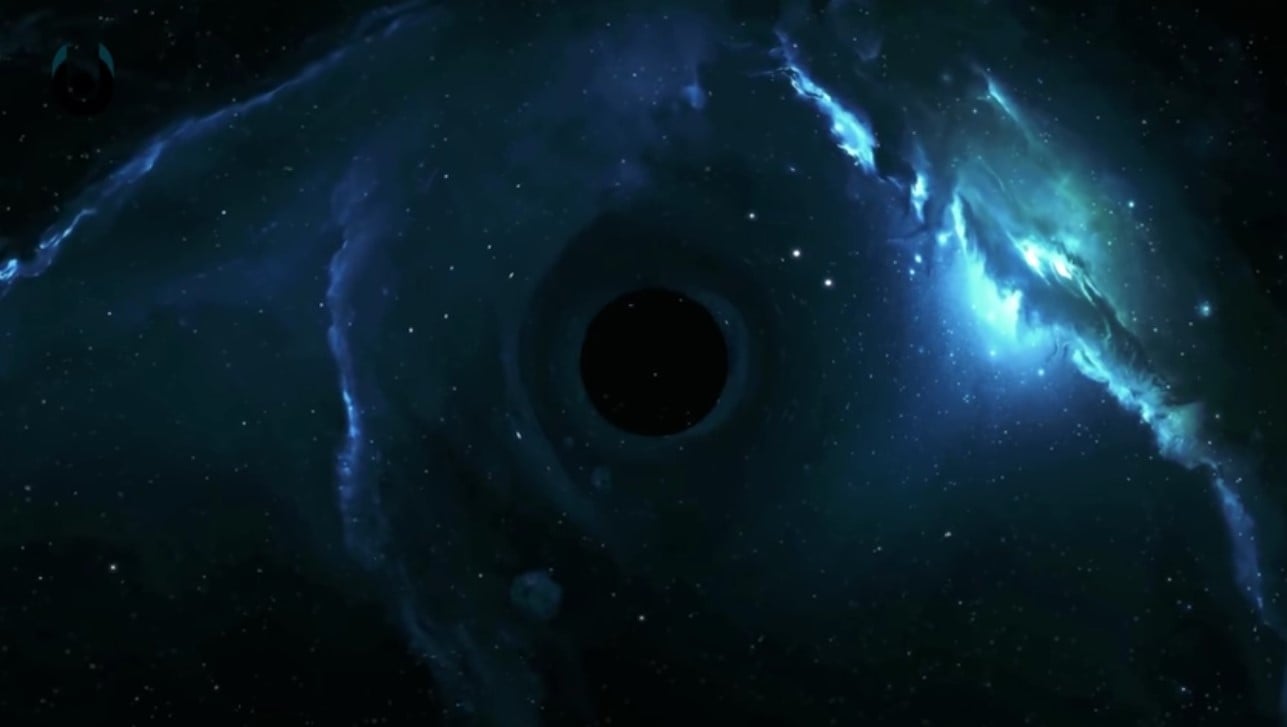Physicists around the world continue to learn about the formation of black holes and the collisions that cause them. Now, the National Science Foundation’s Laser Interferometer Gravitational-Wave Observatory (LIGO) has recorded the first collision between a black hole and a neutron star, giving more insight into how black holes grow.
LIGO has made a great contribution in space exploration and how black holes function. Recently, it observed two black holes colliding, as well as two neutron stars. However, this is the first ever record of a collision of a black hole and a neutron star.
It’s no secret that black hole collisions or a black hole swallowing a neutron star requires enormous amounts of energy, strong enough to warp the terms of spacetime, causing massive gravitational waves which are detectable by LIGO’s equipment. When the neutron stars collide, a massive burst of light is sent out also, accompanying the gravitational waves.
“The universe is keeping us on our toes,” Patrick Brady, spokesperson for the LIGO Scientific Collaboration and a professor of physics at the University of Wisconsin-Milwaukee said in a statement. “We’re especially curious about the April 26 candidate. Unfortunately, the signal is rather weak. It’s like listening to somebody whisper a word in a busy café; it can be difficult to make out the word or even to be sure that the person whispered at all. It will take some time to reach a conclusion about this candidate.”
However, because the universe can be imagined as endless, it’s extremely hard to find the exact location of this event, especially since the signals become rather weak by the time they reach Earth. However, thanks to the support of the Virgo detector in Italy, LIGO can see a large portion of the sky and find the location of the source of the signal.
Using the latest signal, researchers traced the potential first collision between a black hole and a neutron star, the event being called S190426c. Researchers can use this signal to learn more about gravitational waves and how neutron stars work.
“The latest LIGO-Virgo observing run is proving to be the most exciting one so far,” David H. Reitze of Caltech, Executive Director of LIGO, said in a statement. “We’re already seeing hints of the first observation of a black hole swallowing a neutron star. If it holds up, this would be a trifecta for LIGO and Virgo — in three years, we’ll have observed every type of black hole and neutron star collision. But we’ve learned that claims of detections require a tremendous amount of painstaking work — checking and rechecking — so we’ll have to see where the data takes us.”
Researchers believe that the collision occurred 1.2 billion light-years away from Earth, the location being suspected in a region covering 1100 square degrees, or 3% of the sky.





